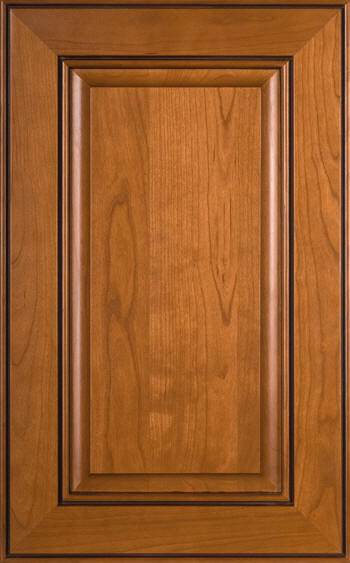LIME REALTY GROUP has decided to do a series of blogs about improving the value of your home. Some improvements aren’t great investments because they will cost more than the value they add to the appraisal. But there are some areas that will certainly be worth your time and attention. One of those areas is the kitchen and one of those improvements is cabinetry. If your cabinets are looking old or worn and need some sprucing up, you can replace them.
Now replacing can be a time consuming and expensive process. Especially when the cabinet boxes themselves are in good condition and the change needed is a simple aesthetic. Maybe the finish is just outdated and a new color is needed. You can resurface cabinets for a much cheaper price than replacing. And here’s some information about doing that.
The first thing to determine when you consider a resurface is what material your cabinets are made of. Not the boxes themselves as they will remain intact. But the doors and drawer fronts. Are they made of wood or a composite material?
Wood doors and drawer fronts are easy to spot. If they have a stain finish that shows the wood grain, chances are, they’re wood. There are some composite materials that will mimic a wood facade, but most of the time, you’ll be looking at real wood. If there’s a question about them, take them to a cabinet shop and ask.
Now changing the color of a wood door or front can be a time consuming and expensive process. Mainly because of the work it takes to strip the existing finish away and sand off the old color. The final step of the finish process for wood involves spraying on a top finish coat designed to protect the wood and help to prevent it from warping. It also maintains the wood’s appearance. This finish coat is what will initially be hardest to strip away. It requires the use of some potent chemicals that need to be applied directly on the door or front to break down the coating. Then the material must be wiped or sanded as leaving the stripper/thinner on the wood will cause it to warp. Depending on the wood and finish type, multiple applications may be required to remove the stain and protective topcoat. Once you’ve done that, you have to sand the material and remove traces of the previous color. This prepares the wood to accept a new color and can take a lot of time if there’s a great amount of detail in the door. The more ornate, the harder the sanding job will be. Hiring a cabinet company to do this work will make the job quite expensive. If you decide to do it yourself, it will certainly save you money but be prepared to spend a lot of time working on the doors and fronts. With wood, it’s sometimes cheaper just to have new door and fronts made. You can take off the ones you already have and replace them with the new.
There are two types of composite material you might also run into. Most painted cabinetry will use composite material for the doors and fronts as they allow the paint to sit flatly and have a better sheen. There’s no wood grain detail usually, but it will have that topcoat.
It’s cheaper than wood and is popular because it has so many more color options and can be coordinated with other color choices in your home. Plus, the color is consistent across the surface of your cabinetry. If you have doors and drawers of this type, you can sand them in order to scuff them up before covering them with a new coat of paint.
The second type of composite material is similar to melamine. It comes with a veneer surface. This material is covered on all sides with a plastic veneer often mimicking the appearance of wood that can be textured or flat depending on your choice.
You can’t really change the color on this type of product. It comes in large sheets with the front and back covered in the colored veneer. They’re cut to size and then banded around the edges with the same color veneer banding. You just scrap the doors and drawers in this case and cut new ones.
Keep in mind, changing colors may also require changing the exposed surface areas of your cabinetry in place. Finished ends can be covered in panels and banded edges can also be changed with a bit of work. The price to do that is still far less than ripping cabinets out and installing new ones.
Although it sounds like a process, the facts are simple… Upgrading your cabinets can vastly improve the value of your home!




